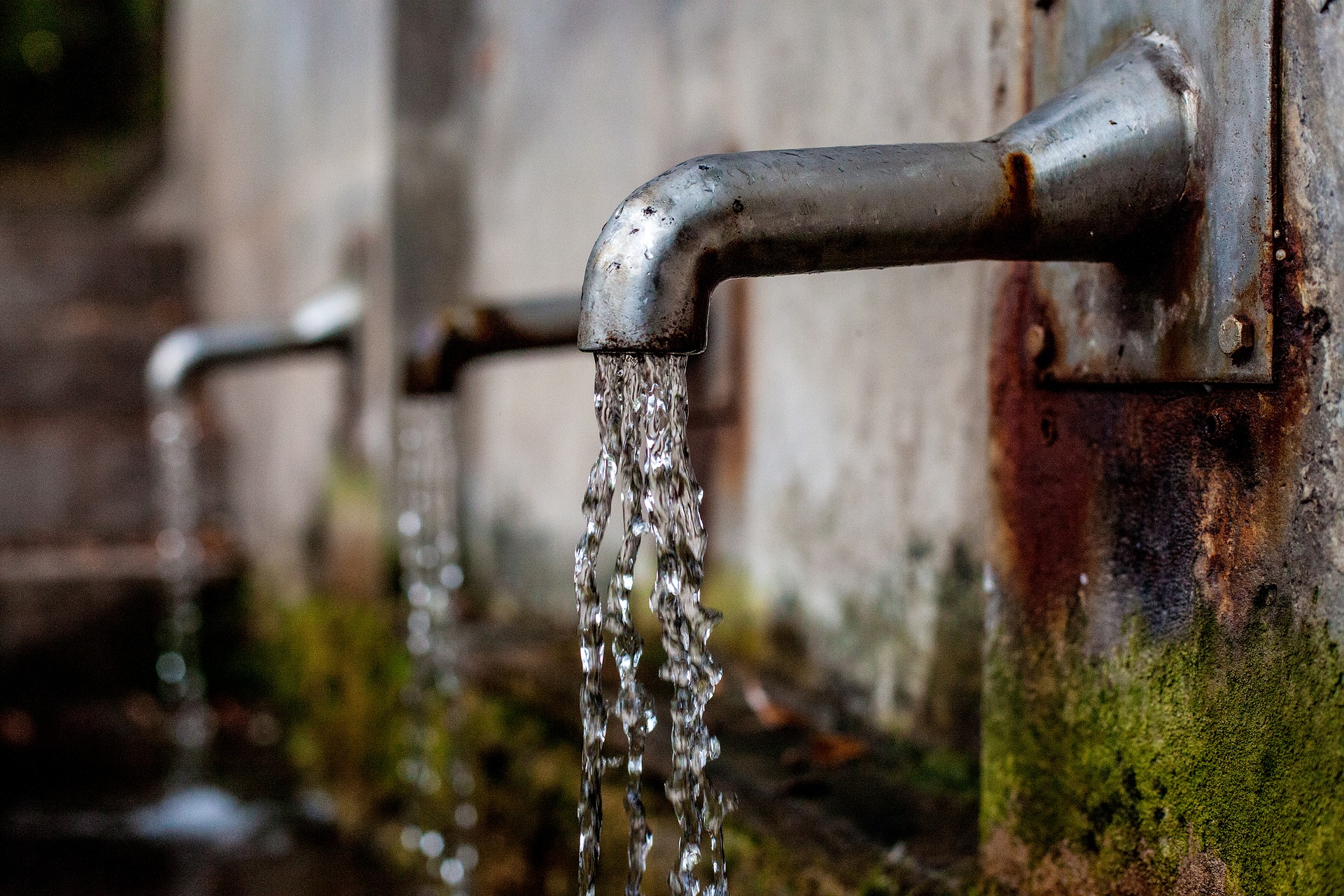Tips to ensure the safety of your drinking water

When you find you need to use water from streams, ponds, or lakes, it is important to filter the water. This step is often missed, with serious consequences. While the water may look clear, it can often carry waterborne, cyst-like microorganisms which are transparent and therefore invisible to the naked eye.
These can be described as seed pods with hard shells in which bacteria can lurk. The bacteria is not destroyed even by boiling the water nor by treating it with chemicals. The shells of the cysts are only dissolved by digestive juices in the stomach, thereby releasing the bacteria. This can be harmless, but sometimes the bacteria can cause illness.

There are several ways in which water can be filtered including using coffee filters, cotton balls stuffed into a funnel neck, cheesecloth or sand filters. Grass and charcoal can also be used.
It is best to use more than one filtering method and have the water pass through layers, with coarse at the top and finer towards the bottom, with the water dripping into a clean container below that. If you are unable to filter the water at all, then it would be best to let the water stand a while to let the particles settle. When this is done pour off the water into a container for chemical treatment or for boiling.
Chemicals
When purifying water with chemicals, we have to be really careful, since we are going to drink those chemicals at some point. There are many products for purifying water on the market, so make sure you follow the directions written on the labels. Watch out for the expiration date, since the tablets may have expired and thus probably ineffective. Also, you have to use the tablets within a specified period once you’ve opened the bottle. Keep in mind too that purifying water with chemicals may not always be effective since it depends on the temperature of the water.

Iodine
Using iodine is probably the best chemical way of purifying water in the wilderness. It’s known that iodine can have a more significant effect than chlorine-based chemicals. However, if you are allergic to iodine, then obviously you don’t want to use it for purifying your water. Also, if you are pregnant, have problems with thyroid, or you’re a woman over fifty, make sure you consult your physician before using iodine for purification.
Boiling it

At 145 degrees Fahrenheit most parasites and bacteria will be destroyed if the water remains at that temperature for an hour. However, rapidly boiling water destroys them in just a minute. It must be remembered that boiling the water will not remove other poisons such as heavy metals and petroleum products. If there is an oil slick on the water, it will not be fit for drinking. If this is the case, activated charcoal can be used to filter the water which will remove some pesticides, heavy metals etc. This is not guaranteed, and it is best to make another plan.
Do not assume that the longer the water boils, the more likely all the bacteria will die. Remember the higher your elevation, the lower the boiling temperature. As the atmospheric pressure decreases, the water boils at lower temperatures. The higher you go, the lower the boiling point so, therefore, the higher you go, the longer you will need to boil the water. For example, water will boil at 198F at 7500 feet, so the water will need to be boiled for a bit longer. In most cases, however, three minutes will be enough so do not waste water volume by turning it into steam and losing it in the atmosphere!
If you have any comments then please drop us a message on our Outdoor Revival Facebook page
If you have a good story to tell or blog let us know about it on our FB page, we’re also happy for article or review submissions, we’d love to hear from you.
We live in a beautiful world, get out there and enjoy it. Outdoor Revival – Reconnecting us all with the Outdoors.
